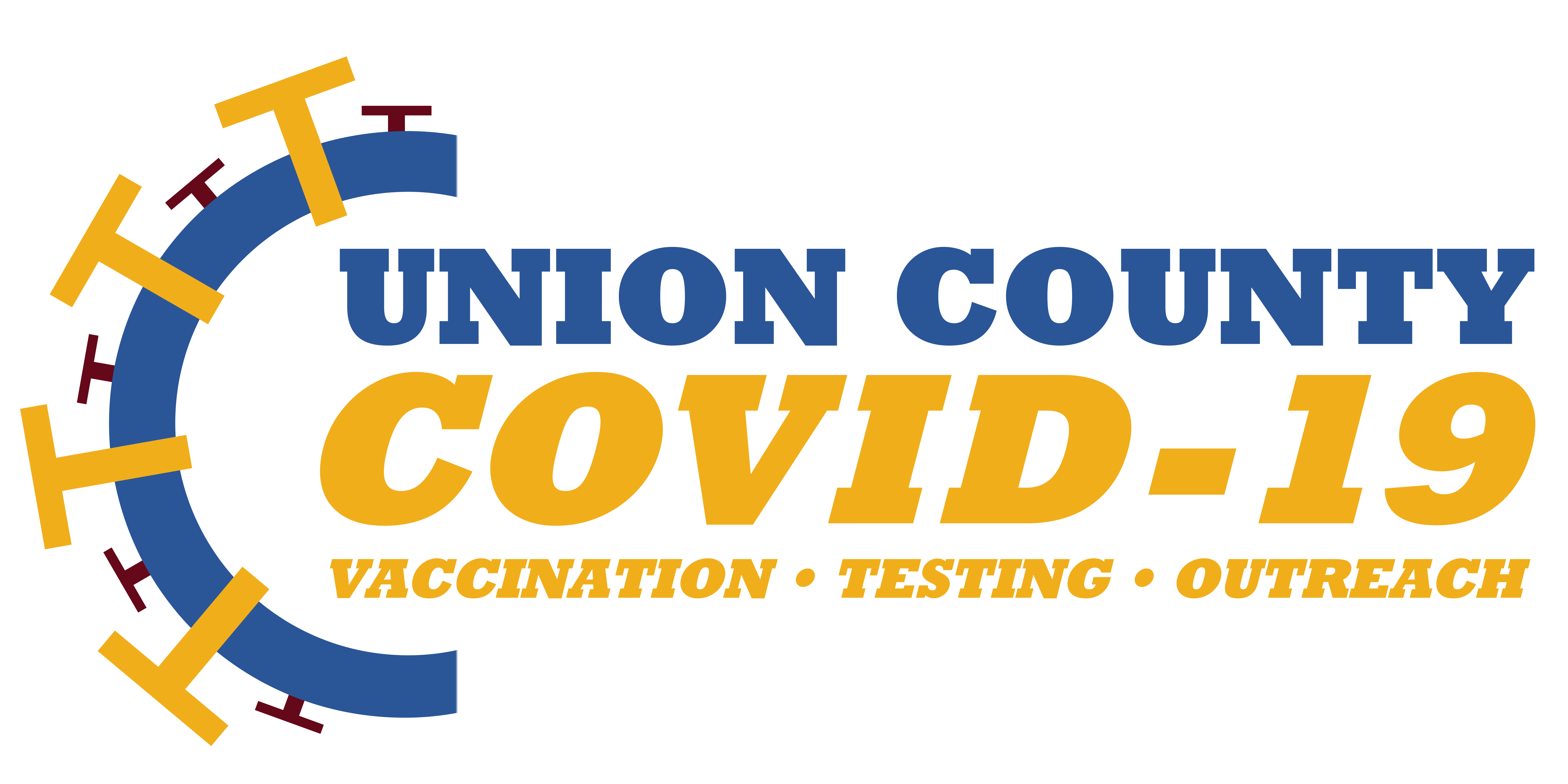Johnson & Johnson/Janssen
- People 18 and older who received a single dose of J&J/Janssen should receive a booster at least two months after receiving the primary dose
Pfizer and Moderna
The following people should receive a single mRNA COVID-19 vaccine booster at least 6 months after completion of primary series:
- People aged 65 years or older
- 50 – 64 years of age with certain underlying medical conditions
- People aged 18 and older who live in long-term care settings
The following people may receive a single mRNA COVID-19 vaccine booster at least 6 months after completion of primary series based on their individual risks and benefits:
- 18 – 49 years of age with certain underlying medical conditions
- 18 – 49 years of age at increased risk for SARS-CoV-2 exposure and transmission because of occupational or institutional setting
Underlying medical conditions included in the mRNA booster authorizations:
- Cancer
- Chronic kidney disease
- Chronic liver disease
- Chronic lung diseases, including asthma (moderate to severe), bronchiectasis, bronchopulmonary dysplasia, chronic obstructive pulmonary disease (COPD, including emphysema and chronic bronchitis), damaged or scarred lung tissue such as interstitial lung disease (including idiopathic pulmonary fibrosis), cystic fibrosis, pulmonary embolism, and pulmonary hypertension
- Dementia or other neurological conditions
- Diabetes (type 1 or type 2)
- Down syndrome
- Heart conditions (such as heart failure, coronary artery disease, cardiomyopathies or
- hypertension)
- HIV infection
- Immunocompromised state (weakened immune system)
Note: People with moderately to severely compromised immune systems should receive an additional dose of mRNA COVID-19 vaccine at least 28 days after the second dose.
- Mental health conditions (such as mood disorders including depression, and schizophrenia spectrum disorders)
- Overweight and obesity
- Pregnancy
- Sickle cell disease or thalassemia
- Smoking, current or former
- Solid organ or blood stem cell transplant
- Stroke or cerebrovascular disease, which affects blood flow to the brain
- Substance use disorders (such as alcohol, opioid, and cocaine use disorders)
- Tuberculosis
Nonexhaustive examples of occupational and institutional settings with potential increased risk for COVID-19 exposure and transmission include:
- First responders (e.g. healthcare workers, firefighters, police, congregate care staff)
- Education staff (e.g. teachers, support staff, daycare workers)
- Food and agriculture workers
- Manufacturing workers
- Corrections workers
- U.S. Postal Service workers
- Public transit workers
- Grocery store workers
Eligible individuals may choose which vaccine they receive as a booster dose. Some people may have a preference for the vaccine type that they originally received and others, may prefer to get a different booster. Vaccine recipients may make this individual self-assessment through their consideration of their own medical, occupational, or institutional risks; may weigh information in the EUA Fact Sheets for Recipients and Caregivers; may consult a healthcare provider; or may seek out other sources of guidance.
The County should not add barriers to access for anyone who self-identifies as eligible to receive a booster.
Also to note:
- The booster Pfizer-BioNTech COVID-19 vaccine dose is the same product and dosage as the initial two-dose mRNA COVID-19 primary vaccine series
- The booster Moderna vaccine dose is the same product and half the dosage as the initial two dose mRNA COVID-19 primary vaccine series
- The booster Johnson & Johnson/Janssen is the same product and dosage as the initial COVID-19 primary vaccine
